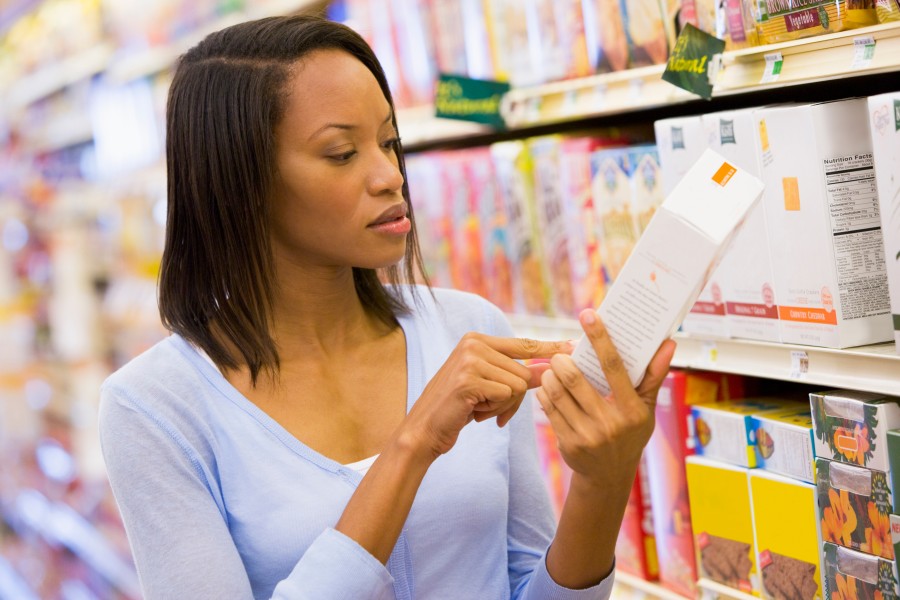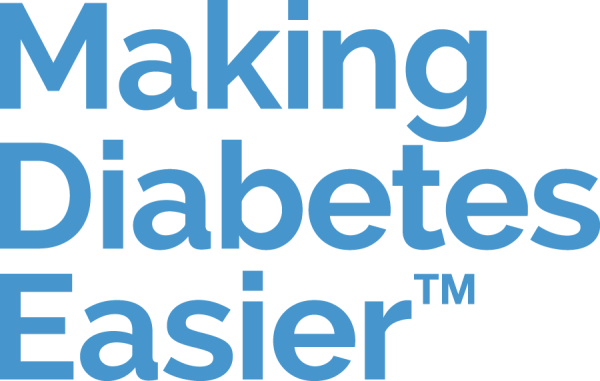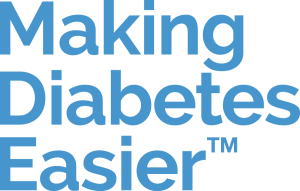Carb counting for diabetes: learn more

If you’ve been recently diagnosed with diabetes, you may have many questions. Some of these questions might be around matching your insulin doses to your food intake to keep your blood glucose in the normal range as much as possible.
Nutrition is one of the cornerstones of good diabetes management [1, 2]. One of the skills you can use is called carb counting. This article will explain carb counting, how it works, and how you can use it to help manage your diabetes.
What are carbs?
The different nutritional components in your diet can be divided into food groups [3]. The groups are [3]:
- Vegetables: both starchy (potatoes, corn) and non-starchy (carrots, greens)
- Fruits: such as oranges, berries, apples and bananas
- Grains: wheat, rice, oats and food made from them (e.g. bread)
- Protein: meat, fish, eggs
- Dairy: milk, yoghurt and cheese
- Fats: oil, butter, avocado
Carbohydrates are found in some of these foods in varying amounts. There are three main types of carbs [4]:
- Sugars: these can be the natural sugars in fruit and milk or added sugars such as in sweets
- Starches: including wheat, oats and grains, and starchy vegetables like potatoes and beans
- Fibre: the part of a plant that cannot be digested
Sugars and starches in your food are both digested and cause your blood glucose to rise [4]. Fibre is not digested and therefore does not affect blood glucose [4].
What is carb counting?
Carb counting is an approach to meal planning focusing on carbohydrates as the main nutrient affecting blood glucose [1].
Carb counting can help you to manage your blood glucose levels and, if you are someone who uses insulin, can help you know how much insulin to take to keep your blood glucose levels within the normal range after eating [3].
There are different methods of carb counting [1], so you may find that another person with diabetes does it slightly differently to you.
How many carbs a day should you eat?
The amount of carbs that should be eaten daily varies from person to person [4]. There is no ‘one size fits all approach [4].
The amount of carbs you need in your diet depends on various factors, including age, weight, activity level and other factors [4].
Your healthcare team will help you work out a healthy and balanced meal plan that fits your needs. This needs to be individualised for each person living with diabetes.
Why do people with diabetes need to count carbs?
Maintaining good blood glucose control in diabetes is very important. Elevated blood glucose levels — both after eating and over time — are related to the potential risk for long-term complications from diabetes [5].
A study in children and adolescents with type 1 diabetes found that people who use carb counting as a method to adjust insulin dose have better long-term blood glucose control [2].
Carb counting can help you to [4]:
- Feel less restricted with food choices
- Feel better and Improve your quality of life
- potentially improve your blood glucose control
Carb counting also allows people with diabetes more flexibility and enjoy a greater variety of food while controlling their blood glucose [2].
Carb counting in type 1 diabetes
Carb counting is a skill that will improve over time. As you understand both yourself and your diabetes more, the level of detail that you can use in carb counting will increase.
There are roughly three knowledge levels in carb counting for type 1 diabetes [1]:
- Basic: carb counting basic knowledge is introduced
- Intermediate: the relationship between food, medications, physical activity and blood glucose level is explained and understood
- Advanced: you learn how to match all the above with your food intake and use your carb-to-insulin ratio to calculate your insulin doses
You will calculate the amount of carbs it contains for your meal, usually using 15g (gram) portions [1]. The number of 15g portions allows you to work out what dose of your short-acting mealtime insulin to give yourself as per your insulin-to-carb ratio (how many units of short-acting insulin you need for 15g of carbs). [1].
The insulin-to-carb ratio varies from person to person [1], and your healthcare team will work with you to decide what dose is appropriate for you. The dose often lies between 0.5-1.0 units of short-acting insulin per 15g of carbohydrates [1].
Several methods can help you calculate carb content, including the plate method, using a food list, and carb counting apps [3, 4].
In addition, there are education programs, such as DAFNE (which stands for Dose Adjustment For Normal Eating), that can help you with managing your nutrition in diabetes and carb counting [6].
DAFNE is a comprehensive course for adults (over 17 years old) which aims to help people with type 1 diabetes lead as normal a life as possible while also maintaining blood glucose levels within healthy targets, to reduce the risk of long-term diabetes complications [6].
Carb counting in type 2 diabetes
While carb counting is a well-established method for balancing food intake and insulin doses in type 1 diabetes [1], much less research has been done into using it in type 2 diabetes [5].
Some, but not all, people with type 2 diabetes may use insulin to help control their blood glucose [5].
One of the few studies performed in type 2 diabetes found that carb counting was as effective as using a simple algorithm for calculating insulin dosing [5].
If you have type 2 diabetes and are taking insulin, talk to your healthcare team to discuss if carb counting might be useful for calculating your insulin dosing.
How to count carbs

How to count carbs
Working out the carb content of your food can seem daunting at first, but over time you will find that, especially for your favourite foods, it becomes easier.
The aim of carb counting is to work out the amount of carbohydrates that your meal contains in grams [3].
If you are eating pre-prepared food, the amount of carbohydrates will be listed on the food ingredients label [3, 4]. If you prepare food yourself, you will need to learn to estimate the number of carbs in common ingredients [3, 4].
Carb counting for diabetes: a summary
Nutrition is an important part of diabetes management. [1]. In particular, this includes carb counting — consistency in the amount and source of carbohydrate intake from day to day is associated with improved blood glucose management in people with Type 1 diabetes [1].
There are a number of ways of counting carbs, including using carb-counting apps, the plate method or estimating your carbohydrate intake [1].
While the amount of carbs you need will be different from someone else with diabetes [4], carb counting can help you know how much insulin to take [3] and allow you to adjust your dose to the amount that you are eating [1]. This will help keep your blood glucose in the normal range after a meal [1].
Your healthcare team will help you decide if carb counting is right for you and help you learn how to fit it into your daily life so that you can remain healthy and active.
Sources
- Chiesa, G., Piscopo, M.A., Rigamonti, A. et al. Insulin therapy and carbohydrate counting. Acta Biomed 2005; 76(S3): 44–48
- Gökşen, D., Atik Altınok, Y., Ozen, S. et al. Effects of carbohydrate counting method on metabolic control in children with type 1 diabetes mellitus. Journal of clinical research in pediatric endocrinology, 2014; 6 (2), 74–78. https://doi.org/10.4274/Jcrpe.1191
- Diabetes Diet, Eating, & Physical Activity. National Institute of Diabetes and Digestive and Kidney Diseases (NIDDK). Accessed 18 March 2022. Available at: https://www.niddk.nih.gov/health-information/diabetes/overview/diet-eating-physical-activity?dkrd=/health-information/diabetes/overview/diet-eating-physical-activity/carbohydrate-counting
- Carb Counting. Centers for Disease Control and Prevention (CDC). Accessed 18 March 2022. Available at: https://www.cdc.gov/diabetes/managing/eat-well/diabetes-and-carbohydrates.html.
- Bergenstal, R.M., Johnson, M., Powers, M.A. et al. Adjust to Target in Type 2 Diabetes: Comparison of a simple algorithm with carbohydrate counting for adjustment of mealtime insulin glulisine. Diabetes Care 2008; 31 (7): 1305–1310. Available at: https://doi.org/10.2337/dc07-2137
- DAFNE, NHS. Accessed 18 March 2022. Available at: https://dafne.nhs.uk/about-dafne/what-is-dafne



